Like many professions, science is full of apparent contradictions: research often seems difficult and tedious, and yet scientists claim that it is fun; science is all about expanding our knowledge, but scientists are expected to be skeptical of new ideas. How do practicing scientists reconcile such tensions? Here, we’ll explore some of science’s balancing acts.
Skepticism vs. openness
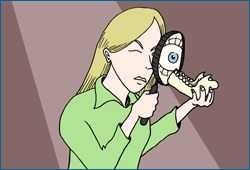
On one hand, science is cautious. The current set of working hypotheses are the best we have so far. They have been extensively tested and fit much of the available evidence. Because currently accepted ideas are so useful and well-supported, scientists tend to be skeptical of new ones, and expect substantial evidence in favor of new explanations before accepting them. On the other hand, science is open to change. Though it might take both time and extensive supporting evidence, a new theory or hypothesis will ultimately gain acceptance if it is really better than any other at generating accurate expectations, providing explanations, and leading to new questions and ideas.
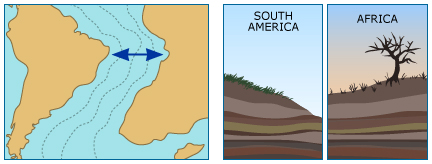
This tension between skepticism and openness often characterizes major shifts in scientific thinking. For example, the theory of plate tectonics (our current framework for understanding the geological forces at work in the Earth) faced a long struggle for acceptance. When the first evidence for the theory was presented in 1912, most scientists were skeptical. The theories they already had helped explain how mountains were built, and they could be used to do practical things like find oil. But evidence for plate tectonics kept piling up, from rock formations on different continents that matched up like puzzle pieces, to deposits from glaciers that are now found in the tropics. By the 1960s, scientists saw that the new theory was able to explain many things that the old one couldn’t — and skepticism gave way to acceptance. Although it took half a century, this balancing act ultimately tipped in favor of change once it was clear where the weight of the evidence fell.
Equality of ideas vs. objective evaluation
Science doesn’t treat all ideas equally. In science, potentially important ideas are likely to get more investigation and ideas with more evidence behind them are more likely to be accepted. However, scientists do try to be objective in evaluating ideas. Objective decision-making involves considering evidence without allowing personal beliefs to influence its interpretation. A scientist tries to judge an idea based on the evidence for and against it — no matter how much he or she likes that idea, no matter how much he or she stands to gain from it, and no matter how popular the idea is with other scientists.
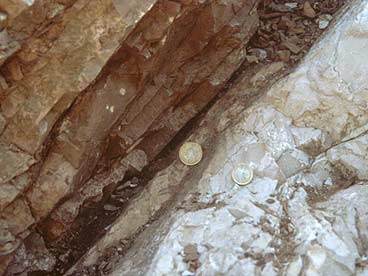
The emphasis on objectivity over equality of ideas is obvious in almost any scientific mystery. For example, over the past fifty years scientists have considered a multitude of scenarios that might explain why the dinosaurs went extinct 65 million years ago. Some of these may seem far-fetched (allergies to new flowering plant species), some appealing (competition from mammals), and some complex (volcanism and an asteroid impact that altered the atmosphere, blocked sunlight, and triggered severe ecological changes). While all of these ideas were considered as potential explanations, ultimately, they were not viewed as equal by scientists. Objective evaluation of the evidence supported some hypotheses over others. For example, a world-wide layer of sediment rich in iridium, an element common in asteroids, dating to the same time as the dinosaur extinction is compelling evidence for an impact. Because scientists wanted to thoroughly test the idea of an asteroid impact and learn even more about how this might have resulted in a mass extinction, the idea has been the subject of more research than other potential explanations.
Logic vs. creativity
Although logic and creativity are sometimes viewed as conflicting, science relies on both modes of thought. Effective scientists think analytically about how to investigate and evaluate their ideas, but they also think creatively to come up with new ideas and new tests. Logic is essential for ruling out hypotheses that don’t work, and creativity is needed to think of new ways the evidence could fit together.
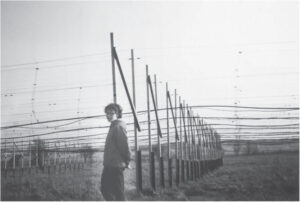
Logic and creativity frequently feed off of one another in scientific breakthroughs, as in the discovery of pulsars. When she was a graduate student, astronomer Jocelyn Bell studied data from a new radio-telescope and noticed unusual, repeating patterns in radio waves from the stars. The patterns demanded a creative explanation. Were they interference from Earth? No; they moved across the sky at the same rate as stars, so logic ruled that out. Perhaps the regular pulses were signals from an alien society? Bell reasoned that if the pulses were from aliens, they would come from a single point — but she could observe them emanating from four different, distant places in space! The signals couldn’t be coming from any one alien civilization. Bell and her advisors came up with their most creative theory yet — but one which logic supported: the pulses came from burnt-out stars giving off strong pulses of radiation as they rotated.
Having fun vs. working hard
Much day-to-day scientific work is fun — whether it’s tramping through wilderness to watch animal behavior or stirring up a chemical solution with unknown properties. This excitement helps keep scientists motivated. At the same time, if an experiment requires mixing 100 (or even 1000) of those solutions, anyone could get a bit bored before it’s all done. Most scientific studies both require dedication and provide enjoyment. Balancing this split personality keeps scientists working and science moving forward.
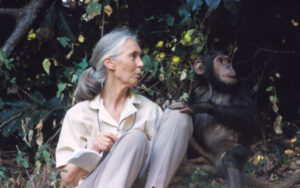
Fieldwork demonstrates both the fun and not-so-fun aspects of scientific investigations. For example, when Jane Goodall started her research on chimpanzees in Tanzania, she spent years waking up before dawn to trail the chimps over steep hills and through thorny thickets, observing the animals all day long. Although the work was often difficult and monotonous, she kept at it because of the excitement of what she might see — and her curiosity and tenacious attitude paid off. She became the first to observe chimpanzees using tools — a behavior previously thought to have been the domain of humans alone.
Keeping your balance
These balancing acts keep science moving forward. Scientists must be willing to consider new ideas but need skepticism to weed out the less useful explanations. Scientists must be creative to come up with new explanations, interpretations, and ways of testing their ideas, but at the same time, they must be able to logically analyze the implications of an idea, the evidence supporting an idea, and the design of a test. And sometimes, science requires tedious and challenging work, but just as often this work generates excitement and curiosity. These tensions don’t make the practice of science different from other professions. Many human endeavors involve similar balancing acts. However, some common misconceptions about science (that science ought to treat all new ideas the same, that science doesn’t involve creativity, that science is boring) happen to revolve around these tensions. Such misconceptions ignore half the picture — and the delicate balances that represent some of science’s greatest strengths.
To learn more about the science —and scientific processes — behind the asteroid impact hypothesis, check out Asteroids and dinosaurs.
